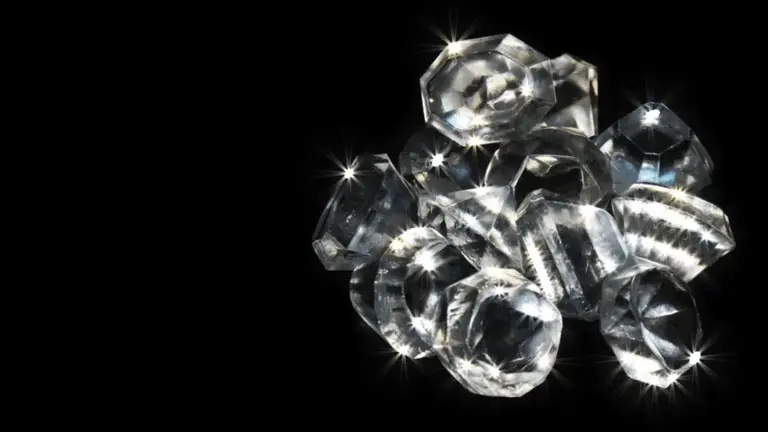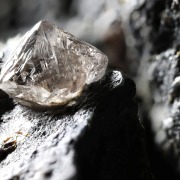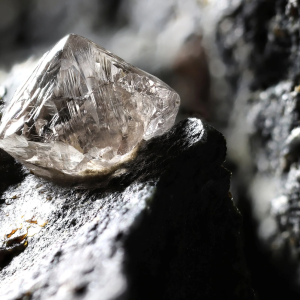Super hard “super diamond” developed in China, 40% stronger than natural diamond
Chinese researchers have succeeded in synthesizing a rare super-hard diamond that was first discovered in meteorites and is expected to be used in advanced industrial applications.
A team of scientists from two Chinese universities has created an ultra-hard, high-quality “super diamond” in the laboratory that is several times stronger than natural diamonds.
The team responsible for this breakthrough believes that their invention can be applied in key areas, as diamonds are already widely used in industries such as cutting and polishing tools. While most natural and man-made diamonds have a cubic structure, super-hard diamonds, known as “lonsdaleite”, have a hexagonal crystal structure.
So far, the hardest diamonds have only been found in impact craters, so they are both rare and small. However, researchers at Jilin University, led by Liu Bingbing, Yao Lingguang and Zhu Shengcai of Sun Yat-sen University in Shenzhen, found that graphite formed a structure called a “post-graphitic phase”.
When compressed and heated under extremely high pressures, this leads to the formation of hexagonal diamonds. The team’s findings were published earlier this month in the peer-reviewed journal Nature Materials.

Pure hexagonal diamond is produced from graphite
In 1967, the first superhard diamond, lonsdaleite, was discovered in the Diablo Canyon meteorite in Arizona. Although scientists have reportedly found it challenging to artificially recreate the same diamond, a Chinese team of researchers has proposed a way to synthesize near-pure, well-crystallized hexagonal diamond from graphite.
Studies have shown that synthetic diamond is of high quality and has excellent physical properties. It is 40% harder than natural diamonds and has higher thermal stability than nanodiamonds smaller than 100 nanometers.
The authors further explain that hexagonal diamond has excellent thermal stability and ultra-high hardness, and has great potential for industrial applications. They also noted that their findings provide valuable insights into graphite-to-diamond conversion at high pressures and temperatures, opening up opportunities for the manufacture and use of this unique material.
American researchers previously created hexagonal diamonds
This is not the first time this diamond has been developed in a laboratory. In 2021, a team of U.S. researchers reported that they had made hexagonal diamonds large enough to measure their hardness using sound waves.
Travis Volz, a co-author of the 2021 study and a postdoctoral fellow at Lawrence Livermore National Laboratory, said the lab-made material has potential in a variety of industries. At the time, he highlighted its application prospects, especially in areas where advanced materials are needed.
U.S. scientists have also found that hexagonal diamonds can be harder than cubic diamonds, which makes them an excellent choice for machining, drilling, or any application where cubic diamonds are commonly used.
Another author of the U.S. study mentions that hexagonal diamonds could be used in applications such as engagement rings in the future. Their unique properties may make them an interesting alternative to traditional diamonds on some markets.
In addition, Chinese researchers have previously had success in advancing diamond materials. Diamonds are the hardest known natural substance and are excellent conductors of heat, but they cannot carry an electrical charge. Last year, researchers from institutions such as Zhengzhou University, Henan Academy of Sciences, Ningbo University and Jilin University collaborated to successfully develop a diamond that can conduct electricity.


Leave a Reply
Want to join the discussion?Feel free to contribute!